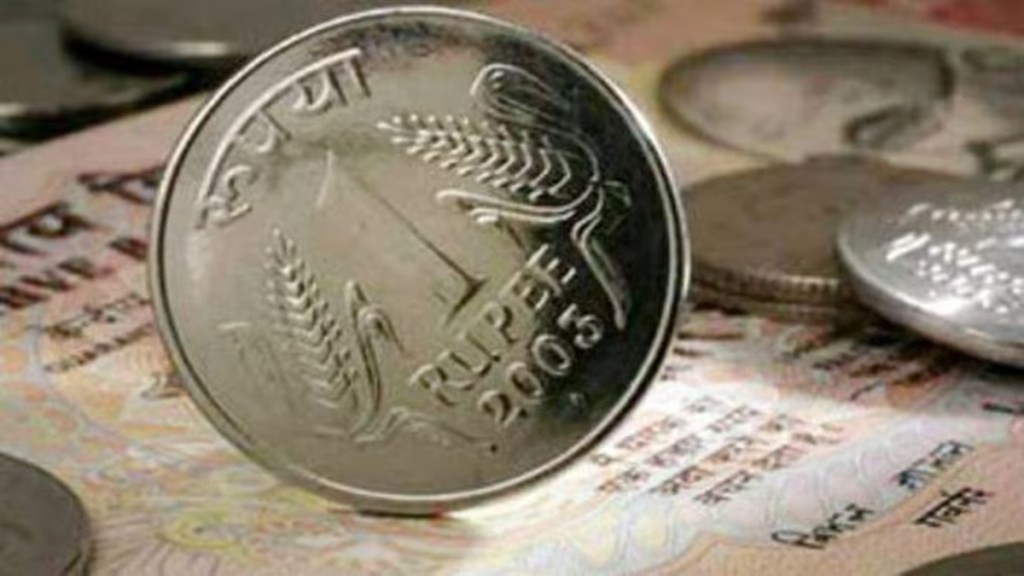The rupee on Friday plunged 9 paise, breaching the 84 mark against the dollar, to close at an all-time low of 84.071 as foreign portfolio investors sold equities and oil prices rose due to continued tension in the West Asia.
Overseas investors have turned heavy sellers of equities over the last nine sessions, while Brent crude oil futures have jumped 10% so far in October.
Foreign institutional investors (FIIs) were net sellers in the capital markets on Friday, as they offloaded shares worth Rs 4,163 crore, according to exchange data. FIIs sold shares worth Rs 62,874 crore ($7.5 billion) in the past nine days.
“Recent Chinese economic policies have been instrumental in shifting flows towards China from other economies, including India. In October itself, India has witnessed outflows of over Rs 54,000 crore from equities,” Kunal Sodhani, vice president – treasury, Shinhan Bank, told FE. The Reserve Bank of India was seen selling dollars at 83.98-83.99 levels, he said.
The central bank intervenes in the forex market to reduce the any sharp volatility in the rupee. Instead of targeting any specific level for the currency, the RBI focuses on lowering sharp fluctuations.
At the interbank foreign exchange, the rupee opened at 83.97, 1 paisa higher than the previous close. It traded between the high of 83.96 and the low of 84.0975. It finally closed at 84.071, compared to the previous close of 83.9775 on Thursday.
Experts say high forex reserves provide an assurance to the market that the rupee is unlikely to experience any significant fluctuation in near future.
“There is a downward bias for the rupee in the near term, but the market doesn’t expect a sharp decline due to the RBI’s healthy forex reserves…” said the head of treasury of a public sector bank.
The RBI has built a strong foreign exchange stockpile, which it can use to defend the currency. Forex reserves are at an all-time high, having breached the $700-billion mark, standing at $701.18 billion as of October 4, according RBI data released on Friday.
Brent crude was down 0.57% to $78.95 per barrel in futures trade.
India’s shrinking balance of payments surplus amid a rise in merchandise trade deficit has also kept the rupee under pressure. A pick-up in gold imports, along with a slowdown in exports, drove the merchandise trade deficit to a 10-month high in August. The trade gap also led to the widening in the current account deficit to 1.1% of the GDP in April-June. The worsened trade balance has contributed to the rupee’s underperformance.
